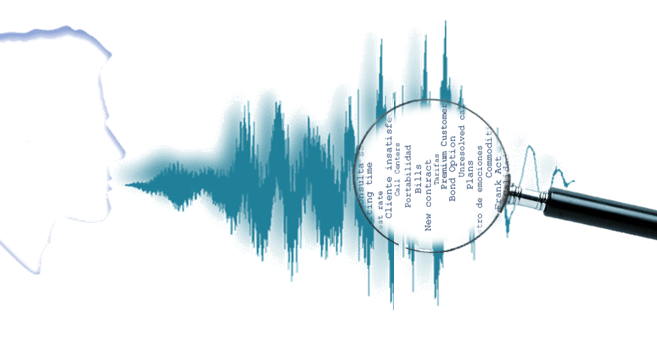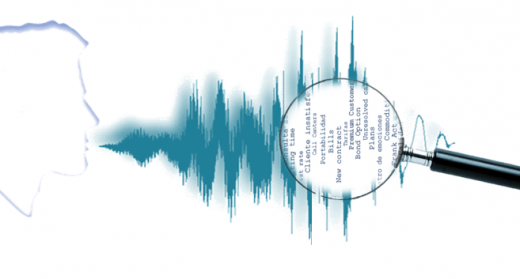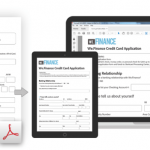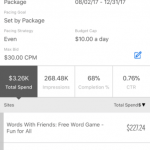Adobe Brings Voice Analytics Capabilities To Search-Enabled Devices
Adobe Brings Voice Analytics Capabilities To Search-Enabled Devices
by Laurie Sullivan @lauriesullivan, June 29, 2017
Adobe on Thursday announced voice analytics capabilities in Adobe Analytics Cloud that enable brands to analyze voice-activated searches through platforms such as Apple Siri, Microsoft Cortana, Google Home, and Amazon Echo.

The platform, which uses machine learning applied to voice data, will parse the syntax of the sentence to determine the intent and the parameter. The user would initiate a wake-up call such as “Alexa,” followed by the intent — “play Come Together” — and then identify the parameter, “The Beatles.” It also can report back the various types of operating systems being used and the device such as Google Home, Amazon Echo, or Apple Siri.
ESPN, an early tester of the feature, has been collecting data to analyze it through their own apps.
“Understanding the organic thought process of humans and being able to analyze how people reason and think though their actions is a fascinating way to get closer to analyzing a real brand-customer relationship,” said Colin Morris, director of product management, Adobe Analytics Cloud.
Gartner predicts that zero-touch user interfaces will become available on 2 billion devices by 2020. Interactions will move from touchscreens to increasingly make use of voice, ambient technology, biometrics, movement and gestures, according to the research firm.
Adobe will collect various types of voice data and pull it into the system. The types include sessions, launches and identifications as well as an errors, which will tell the marketer how many times a virtual assistant made an error based on the information returned. With a little coding, the platform also can analyze inflections in voice commands.
Customer experience will require this type of data to analyze consumer behavior. “Brands struggle when they don’t have a visual representation,” Morris said. “Some will not know how to make that connection with consumers, but the data will provide an explanation.”
The latest Adobe Analytics data shows online sales of voice-enabled devices grew 39% year-over-year, so brands need to start thinking about voice-driven experiences to remain competitive. A piece of data from one media or channel can influence the lifetime value for a campaign running on another.
Adobe Sensei, a machine-learning platform that crunches numbers, automates the traditional and cumbersome, manual analysis. Brands now can collect data from voice assistants to provide insights more quickly, delivering experiences to consumers while providing marketers will behavioral data from search, email and a variety of advertising.
MediaPost.com: Search Marketing Daily
(77)













